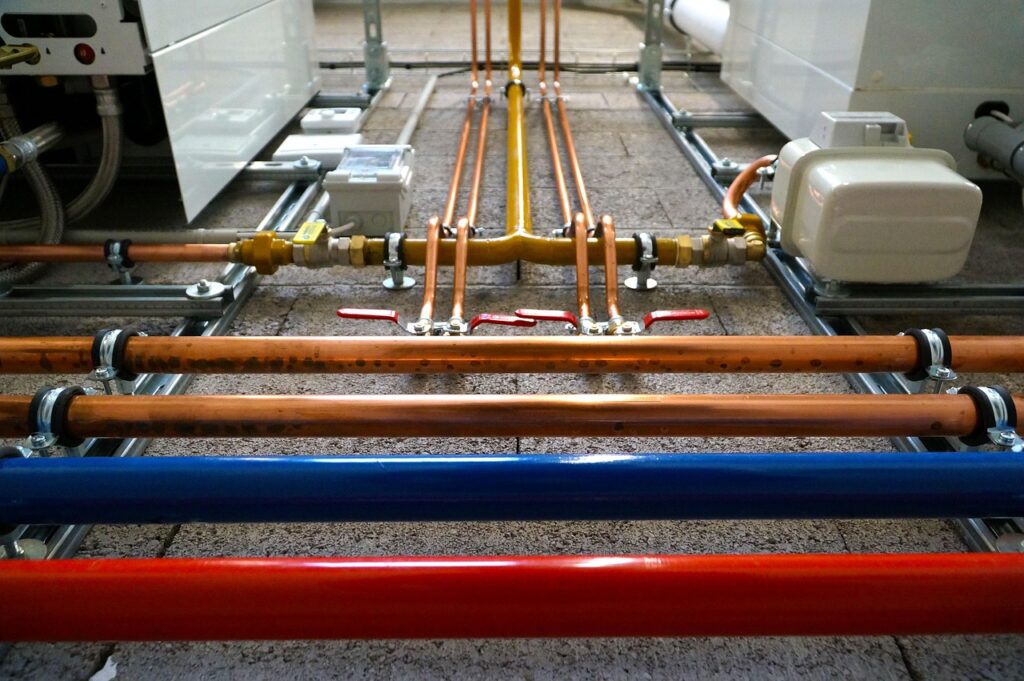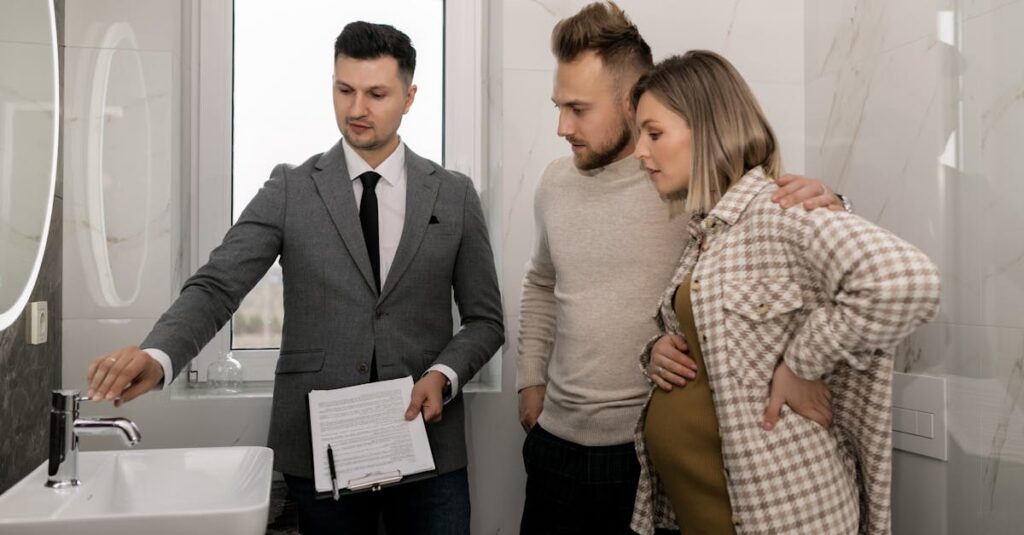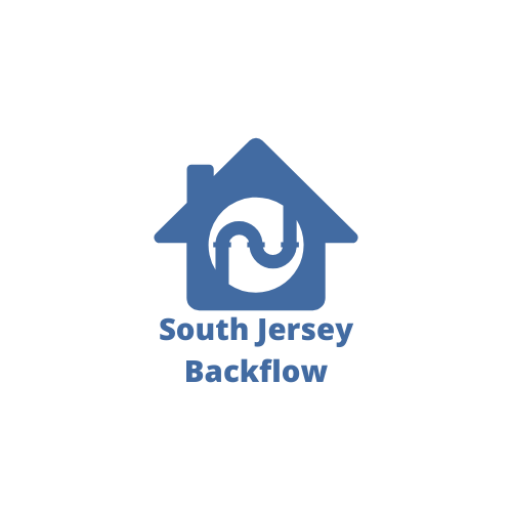Types of Backflow Prevention Devices and Their Uses
Backflow prevention devices are essential for keeping drinking water safe from contamination. These devices ensure that water flows in the correct direction, preventing pollutants from entering the clean water supply.
At South Jersey Backflow, we specialize in installing, testing, and maintaining these crucial devices throughout New Jersey.
In this guide, we’ll explore the different types of backflow prevention devices, their uses, and how they help protect public health.
Why Are Backflow Prevention Devices Necessary?
Backflow occurs when a sudden change in pressure causes water to reverse its flow, potentially pulling contaminants into the potable water system.
This can happen due to back-siphonage (caused by negative pressure) or back-pressure (caused by higher downstream pressure).
Backflow prevention devices are designed to stop this from happening, ensuring that only clean water enters homes and businesses.

Common Types of Backflow Prevention Devices
There are several types of backflow prevention devices, each designed for specific applications. Here are the most commonly used ones:
1. Air Gap
Best For: High-risk environments, industrial applications, and critical water systems.
An air gap is the simplest and most effective form of backflow prevention. It is a physical space between the water outlet and the receiving vessel, ensuring that contaminated water cannot flow back into the clean water supply. Air gaps are commonly used in sinks, dishwashers, and industrial systems.
2. Atmospheric Vacuum Breaker (AVB)
Best For: Irrigation systems and non-continuous pressure applications.
An AVB is a simple backflow preventer that uses an air vent to break the vacuum when backflow occurs. These devices are cost-effective and easy to install but cannot be used under continuous pressure.
3. Pressure Vacuum Breaker (PVB)
Best For: Lawn irrigation systems, residential sprinkler systems.
A PVB consists of a check valve and an air inlet valve that opens when pressure drops, preventing backflow. It is widely used in irrigation systems and must be tested annually to ensure proper function.
4. Double Check Valve Assembly (DCVA)
Best For: Fire sprinkler systems, non-health hazard commercial properties.
A DCVA consists of two check valves that provide a barrier against backflow. It is ideal for moderate-risk applications where contaminants are not hazardous to health. DCVAs require regular maintenance and testing.
5. Reduced Pressure Zone (RPZ) Assembly
Best For: High-risk commercial applications, medical facilities, chemical plants.
An RPZ device is one of the most reliable backflow preventers, designed to protect against hazardous contaminants. It consists of two check valves and a relief valve that discharges water if pressure imbalances occur. RPZ assemblies are required in high-risk environments and must be tested annually.
6. Spill-Resistant Pressure Vacuum Breaker (SVB)
Best For: Indoor applications where water spillage is a concern.
An SVB functions similarly to a PVB but is designed to prevent water spillage. This makes it ideal for indoor installations where leakage could cause damage.
New Jersey Regulations for Backflow Prevention Devices
In New Jersey, the installation and maintenance of backflow prevention devices are regulated by the New Jersey Department of Environmental Protection (NJDEP) and local water authorities. Key requirements include:

Annual Testing
Most commercial and high-risk properties must have their backflow preventers tested yearly by certified professionals.

Proper Installation
Devices must be installed according to municipal and state codes.

Timely Repairs and Maintenance
Any malfunctioning device must be repaired or replaced to ensure compliance.
Choosing the Right Backflow Prevention Device
Selecting the appropriate backflow prevention device depends on several factors, including:
Level of Risk
Higher-risk environments require more advanced devices such as RPZ assemblies.
Water System Type
Irrigation systems, fire suppression systems, and commercial plumbing each have different requirements.
Regulatory Compliance
Ensuring that the device meets New Jersey’s codes and standards is crucial.

How South Jersey Backflow Can Help
At South Jersey Backflow, we provide expert installation, testing, and maintenance services for all types of backflow prevention devices. Our certified professionals ensure that your system remains compliant with state regulations and operates efficiently. Our services include:
Professional Consultation
We assess your water system and recommend the best backflow preventer for your needs.
Certified Testing & Inspection
We perform annual tests to ensure compliance with New Jersey regulations.
Reliable Repairs & Maintenance
We quickly address any issues with your backflow preventer to prevent contamination
Conclusion
Backflow prevention devices play a critical role in maintaining safe drinking water. Understanding the different types and their applications can help property owners choose the right protection for their systems.
South Jersey Backflow is committed to providing top-quality service across New Jersey, ensuring that homes and businesses stay compliant and protected.
If you need assistance with backflow prevention, contact South Jersey Backflow today. Our team is ready to help with all your installation, testing, and maintenance needs!

